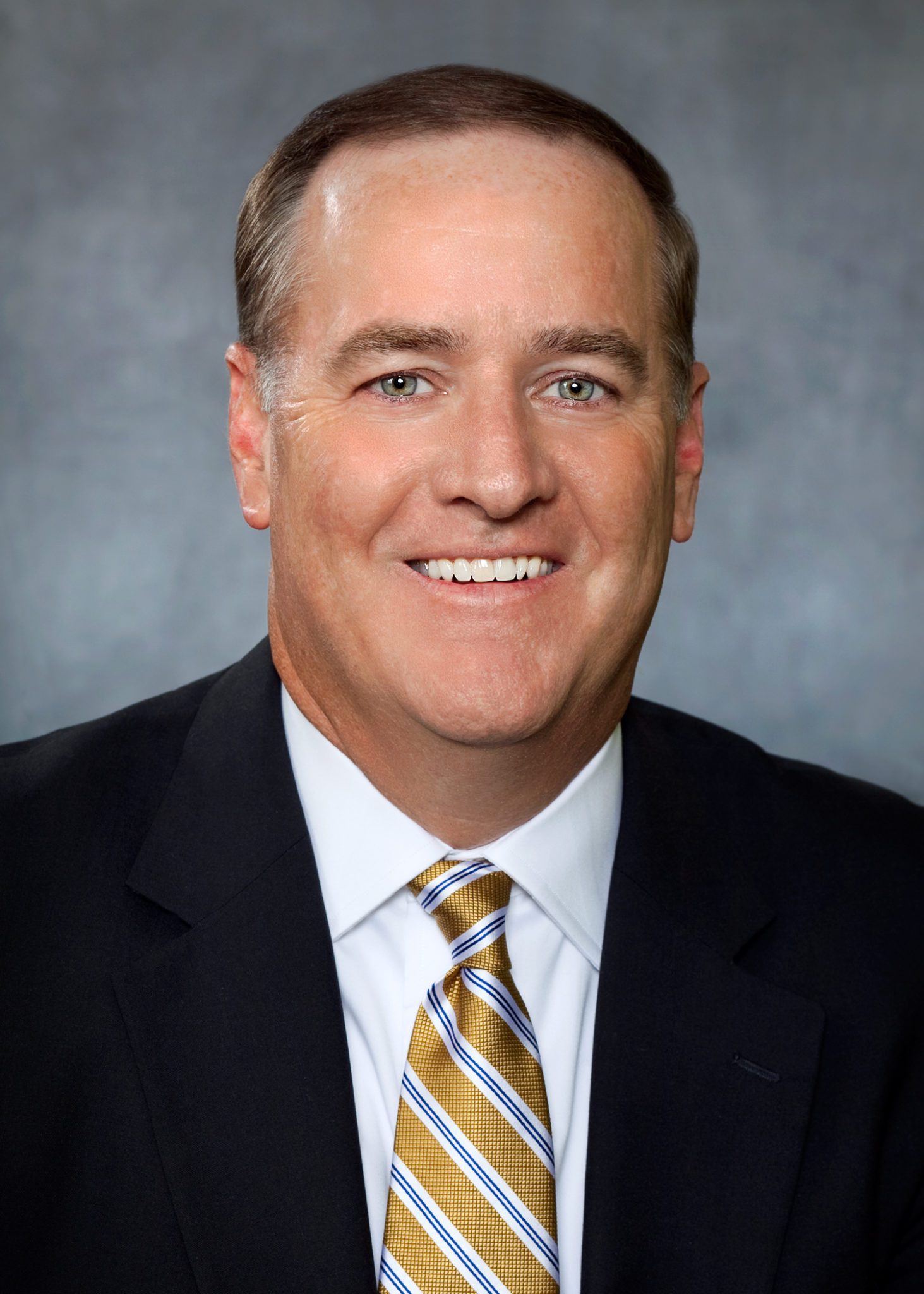
WashingtonExec has reached out to leading govcon cloud executives about the latest trends in a post-pandemic world. These interviews highlight success stories that resonate, discuss how organizations are navigating current challenges and provide insight into lessons learned.
Bill Rowan, vice president of public sector for Splunk, shares his thoughts below.
Did the pandemic accelerate digital transformation efforts in your organization or with customers? If so, how did you/your team approach this, and how did cloud play a role?
The pandemic made digital transformation imperative for everyone, especially the public sector. And with it comes expanded cyberattack surfaces, threats and new government requirements.
To address our customers’ evolving needs, Splunk made two important investments. First, we launched a Government Logging Modernization Program to help U.S. government agencies meet the Biden administration’s executive order on cybersecurity.
Second, building on our FedRAMP Moderate authorization, Splunk Cloud Platform achieved the Department of Defense provisional authorization at Impact Level 5, which allows access to higher-sensitivity, controlled unclassified information.
As a result, U.S. government agencies can use the Splunk Cloud Platform to meet challenges with confidence and at mission speeds. We’re proud to share that Department of Defense customers are actively utilizing Splunk Cloud Platform at IL5.
What are some of the biggest digital transformation trends you are anticipating for the remainder of this year, and into 2023?
Digital transformation is an ongoing process, but there are three key areas that organizations need to focus on as they continue to walk this journey ⏤ security, resilience and innovation. A system that isn’t secure can’t be relied on for mission-critical workloads, and an organization that spends its time fighting fires and is unable to be resilient simply can’t innovate. Splunk helps organizations build a foundation of security and resilience to innovate with speed and agility.
Are you/your team spearheading any major digital transformation initiatives at the moment? If so, can you explain?
We spearhead several digital transformation efforts across the public sector as our customers continue on this evolving journey. One area of focus, and where we see strong demand, is helping them achieve success within a multi-cloud environment. As muli-cloud usually includes an on-prem private cloud installation, Splunk offers a platform that operates securely and effectively within these heterogeneous environments, allowing for operational efficiency, automation and cost reductions.
What are you most passionate about enhancing cloud-wise in your organization going forward for internal teams and/or for customers?
I am excited about our customers embracing Splunk’s cloud solutions across the public sector landscape. We offer them the flexibility to scale up as the mission requires or ease in, where customers can try new parts of our platform, which makes it easier for them to meet their mission.
Internally, I am passionate about seeing our company’s strong investment and commitment in compliance, such as FedRAMP and StateRAMP. We are purposefully working aggressively to meet those security needs and ensure we have the right solutions to serve the public sector best.
How do you/your team prepare customers for digital transformation trends of the future?
Trends come and go, so we must prepare the government for the inevitable change that will come with digital transformation as it evolves. The best way to do that is by leveraging the massive amounts of data they already have to make informed, intelligent decisions that can improve government services and the citizen experience. A comprehensive and secure data strategy unlocks the power of innovation.
For organizations to achieve this strategy, they need to find the right insights and operationalize them effectively to translate them into business outcomes. For example, with Splunk you can understand the impact of every software change on your digital customer experience and focus your time on what matters most while ensuring systems remain secure and resilient in the face of new demands.

